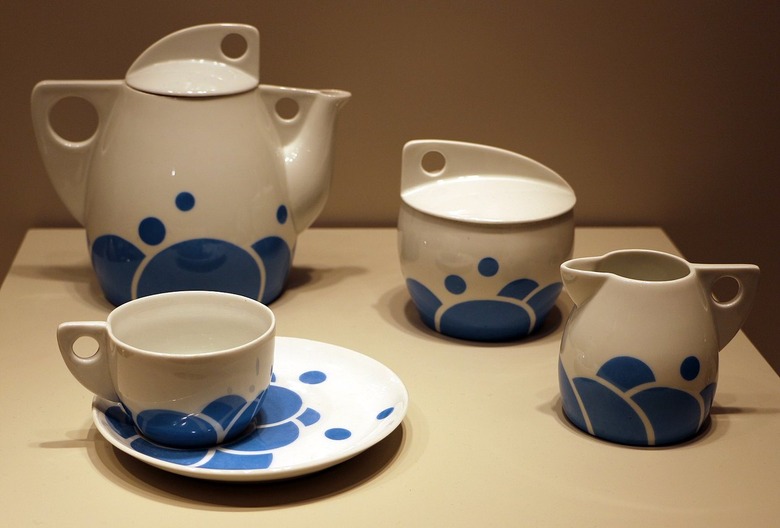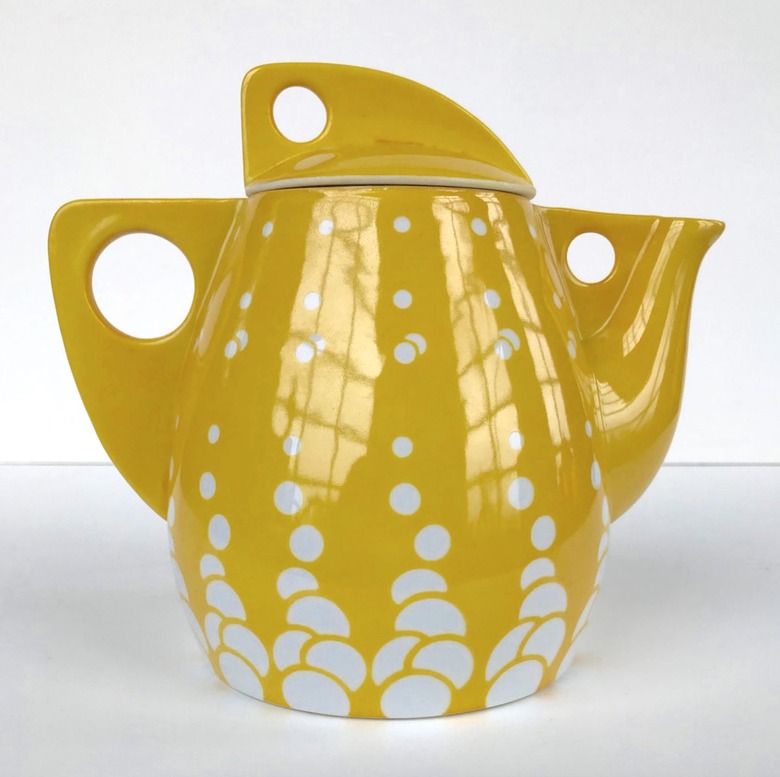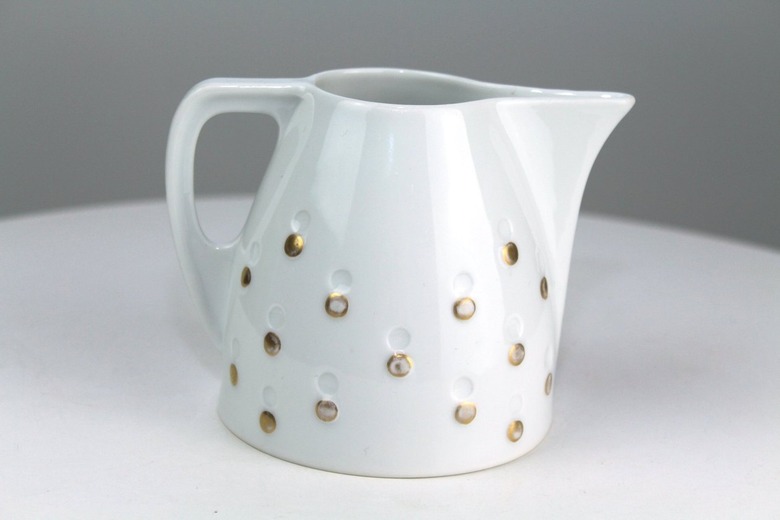How Jutta Sika's Graphic Ceramics Influenced Austrian Folk Arts
In reflecting on brilliant women artists of the late 19th century, designer Jutta Sika occupies a special role, with unmistakeable — and cherished — works that have gone on to serve as essential contributions to folkloric Austrian art.
Born in September 1877 in Linz, a large city in upper Austria, Jutta Sika was an important figure in the Austrian design scene of the early 20th century. Her work challenged traditional domestic design, reflecting new cultural tendencies towards creativity where individual perspectives could flourish.
"At the heart of the movement was the optimism embodied in then-pervasive contemporary liberal ideals. The movement was part of a celebration of the practical application of liberal thought, which placed a greater emphasis on individual expression that reflected a broader societal trend towards individuals as autonomous units," writes Tim Wilson, Director of the Free Trade and Intellectual Property Unit at the Institute of Public Affairs.
Sika was situated at the crux of this cultural momentum, seeking out opportunities to push the threshold of what women makers had thus far accomplished in the design world — and ceramics, more specifically.
Though Sika devoted herself to costume and graphic design, it was her ceramics and glassware that brought her work to more prominent notoriety.
Experimenting against ordinary artistic expression in everyday, functional items is what set Sika's work apart. And though her legacy is marked by work in graphic design, fashion, art, and education, her ceramic forms had a deeper cultural resonance, displaying vibrant colors and geometric shapes, eye-catching patterns, and an affinity of aesthetic harmony and balance.
After studying at Austria's Graphische Lehr und Versuchsanstalt (Graphic Education and Research Institute) with painter Joseph Eugen Hörwarter, she pivoted to a new avenue, enrolling at Vienna Kunstgewerbeschule (School of Applied Arts in Vienna). Here, she had the opportunity to work with architect and designer Josef Hoffmann and artist Koloman Moser, and went on to meet like-minded students with whom she would go on to collaborate with for years to come.
Sika acted as a founding member of the Wiener Kunst im Hause (Viennese Art in the Home). Together, this group of five women and five men students crafted outstanding domestic interiors that garnered them international recognition and invitations to venues such as the Paris Exhibition of 1900 and the fifteenth Vienna Secession Exhibition. "The Wiener Kunst im Hause exhibitions were praised by critics for the simple practicality and affordability of their designs, as well as their feminine creativity," writes Rebecca Houze, historian of art and design.
The women of the group were celebrated for showcasing a sensibility intrinsic to traditional Austrian art, through simple patterns and colors, while also experimenting with elegant, modern trends that secured them a place in a marketable realm. "The Wiener Kunst im Hause exhibitions not only represented the most modern trends in Austrian applied arts education, they also served as an important bridge to the commercial world — the world of elegant furnishings," writes Houze, emphasizing "the immediate critical acclaim that the female students received."
Within the collective, the women artists of Wiener Kunst im Hause were largely devoted to textile and ceramic arts, and Sika gravitated towards a variety of ceramics projects which showcased lively colors of circles and clusters on porcelain, a style that became an iconic facet of her work. Most notably, it was her attention to detail and ability to plan for the cohesion of design that illuminates Sika's work against her contemporaries. Each curve and rounding form, as well as the circular, billowing nature of the shapes that nestle against each other, invokes a sense of mellow delight. Her designs have a consistent style that makes them seem in solidarity with one another, and her sets offer a harmony on both functional and aesthetic fronts.
Though Sika's vision was unique, her creations also lent themselves as critical contributions amongst similar objects and designs from the other women and artists of the group. In this way, Sika would have been creating objects that were stylistically idiosyncratic, while also merging with the aesthetic ethos of the group. Interestingly, Wiener Kunst im Hause later rebranded as Wiener Werkstätte (Viennese Workshops), at which time the collective pivoted to Gesamtkunstwerk, frequently translated as "total artwork." In other words, a system in which all works of art act as a part of a larger, unified design.
In later years, Sika focused her attention back on fashion, creating accessories and embroidery. Along with graphic design, she applied her skillset to holiday decorations, tea packaging, and postcards — even floral subjects and a variety of decorative designs. In time, Sika went on to become a drawing professor in Vienna, and taught in different educational settings around the city, including a girls' secondary school during World War II. Her works are included in several collections across the United States, including the Museum of Modern Art, the Art Institute of Chicago, and the Metropolitan Museum of Art.
While Sika's work was an integral asset to a generation of innovative designers, her work has remained largely unappreciated, particularly on an international level. However, her designs have undoubtedly influenced the trajectory of ceramics, graphic art, and fashion across Austria and in many places across the world, with contributions that were truly unique.


